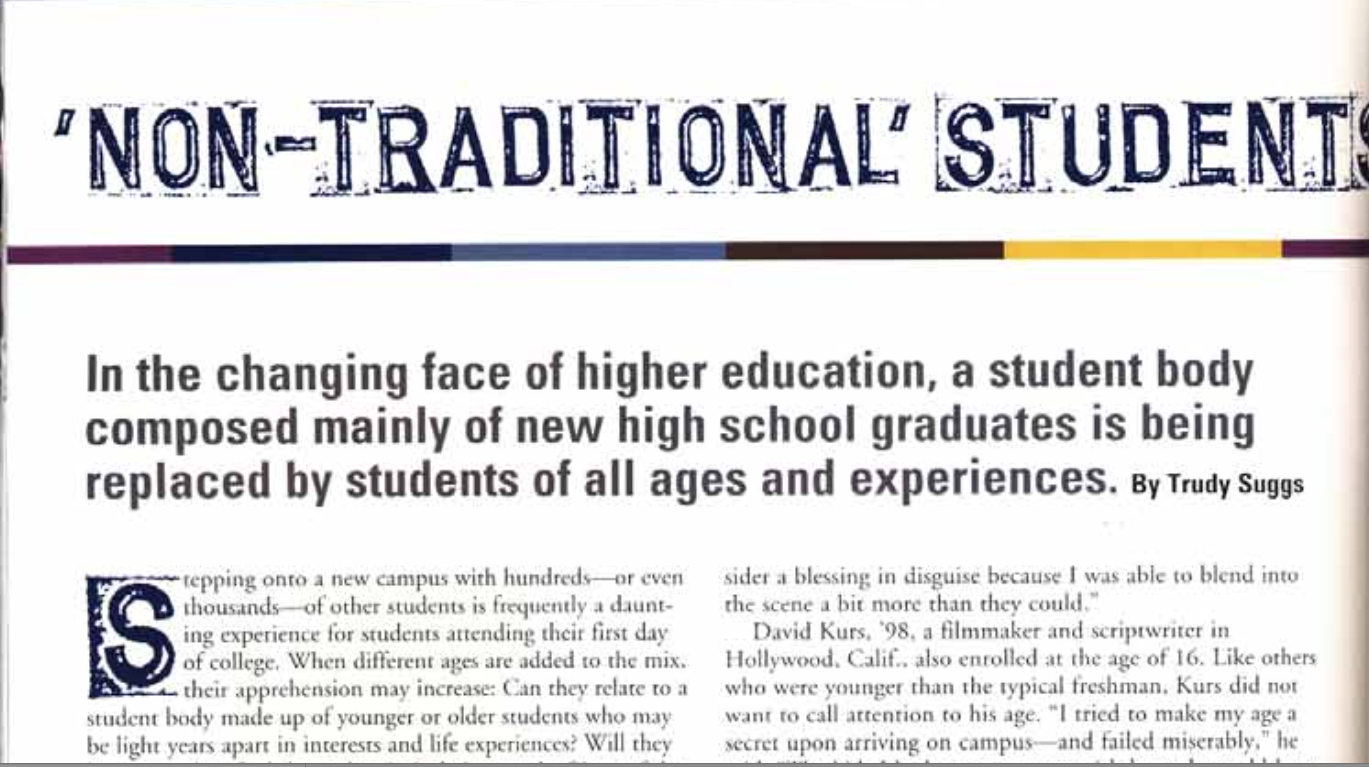This article originally appeared in The Gallaudet Link’s Fall 2006 issue.
It’s not often that students get to sit in an astronaut’s seat and experience a part of aeronautical history.
Julia Velasquez, of Oxnard, CA, got to do just that at the National Aeronautics and Space Administration (NASA) Kennedy Center in Cape Canaveral, FL, last summer as part of an internship. A biology major, this was Julia’s second internship with NASA, the first having been at NASA’s Goddard Space Flight Center as a research associate at the NASA Academy.
Julia’s work focused on evaluating various testing methods for achieving ideal water qualities. “Since you can’t test water in space, because of the different environment and other factors in space, most of the tests are done here on Earth,” she says.
“The astronauts’ sleeping quarters were a floor directly above me, and I saw the crew hanging around the building at times. I entered through the same doors that the astronauts did, and it was all so matter of fact. I was awestruck.”
Julia’s eyes light up with excitement as she describes the day she was allowed to enter and explore Atlantis, one of NASA’s three remaining space shuttles. “There are people who have worked at NASA for 20 years and have never been allowed inside an actual space shuttle.”
She was allowed to enter the orbiter of Atlantis as it was being prepared for launch in August. Security restrictions at the facility change frequently, depending on various factors.
She and her mentor were told to put ‘bunny suits’ on as protective gear. She climbed inside Atlantis, and even got to sit in the commander’s seat. “It was such a thrill to see all the buttons, to imagine what it was like for them to be thousands of miles into space in the same space craft.”
Julia was also able to visit locations such as Launch Pad 39B, the site of the space shuttle, Discovery, prior to its July launch, and walk on the pathway where the astronauts took their final steps before being strapped in for the ride of their lives.
“Witnessing the launch and landing of Discovery, along with the STS-121 crew, was breathtaking,” she adds. She was approximately three miles from the launch site, in a VIP viewing site area with the astronauts’ guests. “The sheer complexity of the space shuttle reaching orbit in approximately eight and half minutes is mind-boggling.”
Having transferred after four years at a univeristy in southern California, Julia sees many benefits to attending Gallaudet.
“Gallaudet has helped me learn the importance of direct communication, which is available 24/7 on campus. I’ve been able to bring the things I’ve learned at Gallaudet onto the job.”
Julia sees this internship, which she landed after doing a search of NASA’s website, and her studies at Gallaudet as a gateway to a career in aerospace sciences.
“It’s always been a dream of mine to go into space, and this way I can be part of that.”
Copyrighted material. This article cannot be copied, reproduced, or redistributed without the express written consent of the author.

